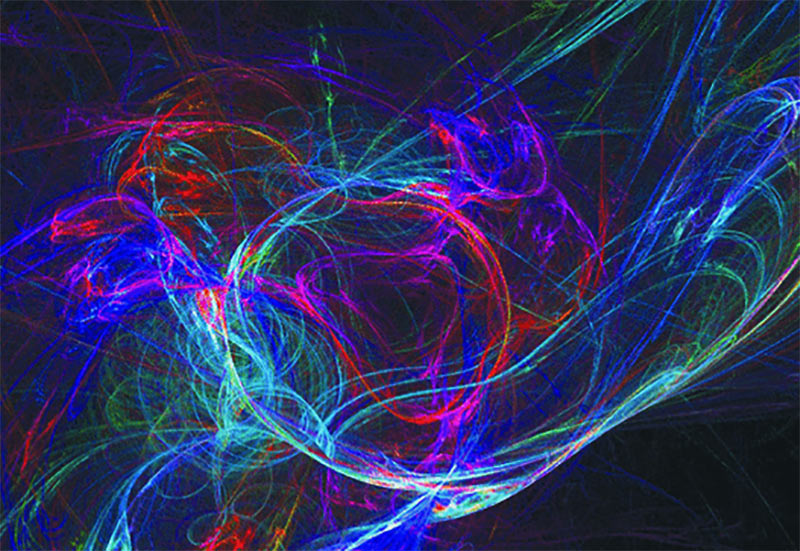
This article aims to identify core research directions and provide a comprehensive overview of major advancements in the field of hypercomplex signal and image processing techniques using network graph theory. The methodology employs community detection algorithms on research networks to uncover relationships among researchers and topic fields in the hypercomplex domain. This is accomplished through a comprehensive academic database search and metadata analysis from pertinent papers. The article focuses on the utility of these techniques in various applications and the value of mathematically rich frameworks. The results demonstrate how optimized network-based approaches can determine common topics and emerging lines of research. The article identifies distinct core research directions, including significant advancements in image/video processing, computer vision, signal processing, security, navigation, and machine learning within the hypercomplex domain. Current trends, challenges, opportunities, and the most promising directions in hypercomplex signal and image processing are highlighted based on a thorough literature analysis. This provides actionable insights for researchers to advance this domain.
Introduction
Background and motivation
As digital technology pervades our daily lives, the importance of signal and image processing has never been greater. These fields traditionally employ complex numbers and matrix algebras to develop algorithms that can enhance, filter, or extract features from signals and images. However, an emerging topic that is increasingly drawing attention from researchers is the use of hypercomplex numbers like quaternions or octonions in signal and image processing. This mathematical framework offers unique advantages, including reduced computational complexity and the ability to represent higher-dimensional data more naturally. Hypercomplex numbers have found applications in various domains, including color image processing, 3D transformations, and even the design of novel machine learning algorithms tailored for complex data types. This article aims to provide a comprehensive overview of major advancements in the field of hypercomplex signal and image processing techniques, starting with foundational concepts in hypercomplex algebra and progressing to its applications in signal and image processing. We cover, in an accessible style, how the theoretical and computational concepts from the hypercomplex domain have been spread across different fields and subtopics, illustrating how hypercomplex numbers offer a rich and potentially transformative approach to conventional problems. We also discuss open research challenges, practical constraints, and the future directions of this exciting field.

